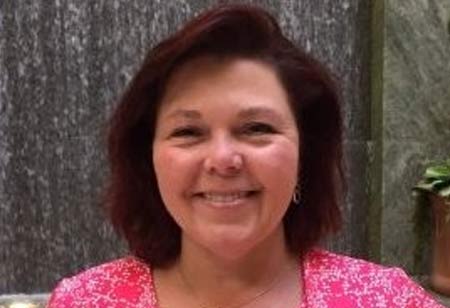Thank you for Subscribing to Healthcare Business Review Weekly Brief

Healthcare's Great Resignation
Healthcare Business Review
I’m sure many of you are feeling the post pandemic effects of staffing shortages and burn out. I have been in healthcare since October 1986, when I started X-ray school. I know you just read that and are thinking, wow she’s old, but I prefer to think of myself as “seasoned”. Like most X-Ray programs back then, it was a hospital-based program, and we were viewed as part of the imaging team. We were the “extra pair of hands” in the beginning, and then as time went on, we became technologists. We were the in-house source to replenishing staffing vacancies. I remember being told that this was a two-year interview, so I better shine if I wanted a job!
Well, that was a very long time ago and things have changed dramatically in the 36 years that have lapsed. Hospital-based programs are a thing of the past, and we don’t have that onsite student pipeline we once had to help support our vacancies.
In our field, there has always been an ebb and flow with regards to available positions. When I was a new graduate in 1988, I had my pick of positions. There were openings everywhere and I was lucky enough to ultimately end up where I trained, and I stayed there for 14 years. Four years later, the market was flooded, and new graduates couldn’t find full time jobs. Many of them ended up taking per diem positions until they could land something full time.
I feel like I am in unchartered territory with this post pandemic job market. I’ve never seen so many people retire, change jobs, become travelers, or change careers to get out of healthcare all together. These past two years have been so hard on healthcare workers. I’m not saying that they haven’t been hard on everyone, but I’ve seen firsthand how our healthcare heroes have been put through the ringer. I think we are all tired and we are looking for something better. It could be more money, better hours, less stress, the ability to travel, a better work life balance to name a few.
Historically, hospital salaries were higher than offices (imaging, orthopedic) because of the added strain working at a hospital comes with. We need to pay more to attract people and incentivize them to work weekends, holidays, second and third shift and take call.
Things have changed post pandemic and I’m seeing that the private offices have increased their pay scales and in some cases are paying more than hospitals.
We are all competing for the same small pool of people, and we need to think outside the box to survive. Here are some ideas we have implemented to try and attract and retain our employees.
Post pandemic job market feels like an uncharted territory, wherein many people have retired, changed jobs, or changed careers to get out of healthcare all together. Healthcare workers are looking for something better; it could be better hours, less stress, or a better work life balance
• Per diem rate of pay that is on the high end of the pay scale. Having a per diem pool can help alleviate some stress from your permanent staff by picking up vacant shifts.
• Shift bonus for picking up additional shifts
• Shift incentives-an additional bonus for picking up shifts, in a four-week period, based on your FTE status. As an example,0.9 FTE or greater 1 extra 8 hours shift
Bi-weekly (2 total extra shifts for Incentive Period) $400
These do help, but let’s face it: it’s a short-term solution for a long-term problem. In my little state of Connecticut, we don’t have enough students graduating from radiology programs as we need to fill the vacancies. We need to start thinking about the long game and get our youth interested in choosing healthcare as a career. Middle and high school students need to be exposed to what healthcare has to offer. Over this summer, we had groups of both middle and high school students spend a week rounding with our leaders and staff. They were able to spend time in a variety of departments, including the ED, Nursing floors, biomedical engineering, lab, rehab, PT, OT, speech, and diagnostic imaging. Our goal is to open their eyes to all the possibilities that exist in healthcare.









